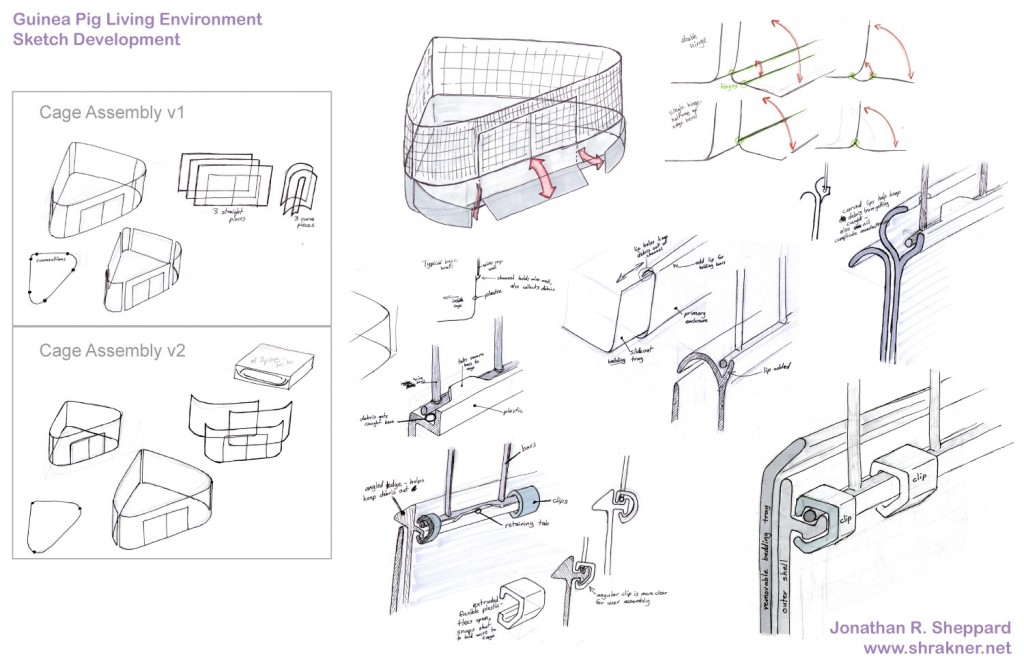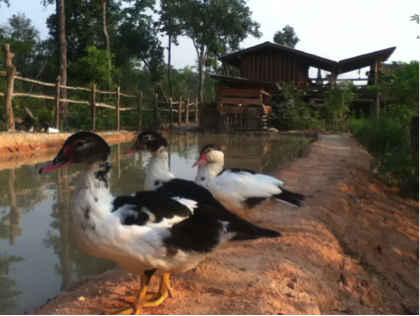
Principle: Raise healthy animals using the resources available
Animals are an integral part of many mature farming communities. They can provide food, generate wealth, keep pests at bay, or provide love and companionship.
Permaculture farms can also raise animals for profit or food, but the principles behind animal husbandry differ from those used on commercial farms. The main difference is trying to only raise animals that can be supported by the resources present on a permaculture site. If you need to purchase vast amounts of food to keep your animals fed, then you have too many.
Like all other aspects of permaculture communities, the goal is self-sufficiency. So before acquiring animals for your farm, you need to determine whether you have the necessary food, water and structures to keep them safe and healthy.
So whether you plan to raise chickens for eggs, raise goats for milk or raise cats for pest control, or if you just want to raise animals for their love and companionship, make sure you figure out the resources and space required to ensure their well-being, before bringing them home.
Animal food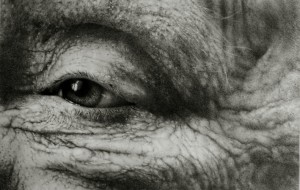
Most animals eat a variety of food scraps, cereal grains, root crops and grass. If you plan on taking care of animals, make sure you have a good source of food, whatever they require, before you take on the responsibility.
Animal shelters
Animal dwellings aren’t much different than human dwellings – they provide shelter from the elements, and convenient places to sleep, eat and poo. It is good to design the type of living environments animals need to live and be comfortable before purchasing or acquiring animals. The following images provide some design ideas you could use to house various animals.
Chicken coop
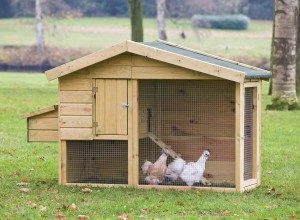
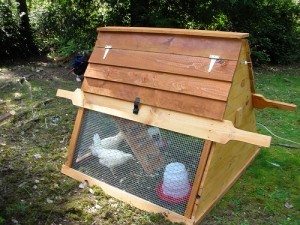
Animal units
Animals eat about 2.5-3% of their body weight in food each day, no matter the livestock species. A 1000-pound cow or horse eats about 30 pounds of food per day. The 1000-pound example is a number called an “animal unit.” A rule of thumb for productive pastures is 2 acres per animal unit. So two 500-pound cows or 200 5-pound chickens equals one animal unit and they would require 2 acres of space. You could also say each 100 pounds of animal weight is equivalent to 1/10 animal units. You can use this as a general rule when deciding on the number of animals to provide a home for on your farm. Note: Metric conversion: 1000lb = 454kg, 2 acres = 8094 m2 or 18kg/m2. (http://www.hobbyfarms.com/livestock-and-pets/animal-acreage-ratio.aspx)
Grazing
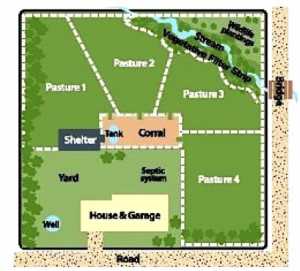
Grazing is a type of feeding, in which domestic livestock are used to convert grass and other forage into meat, milk and other products. It is important not to overgraze or overstock an area with too many animals. To prevent over-grazing, you can rotate animals to allow the vegetation to regrow.
Animal rotation (or Managed Intensive Rotational Grazing (MIRG))
Managed intensive rotational grazing (MIRG), also known as animal rotation, describes a technique of rotating animals to freshly rested areas to allow the ground to recover. The length of time a paddock is grazed will depend on the size of the herd and the size of the paddock. It is important to let the pastures rest for about 14 days for each animal type after grazing. Resting grazed lands allows the vegetation to renew energy reserves, rebuild shoot systems, and deepen root systems.
Large grazers like cows, goats or sheep first skim off the highest, tough growth of plants, exposing tender shoots. Then smaller herbivores like pigs, chickens, ducks or turkeys come through and eat the tender shoots.
